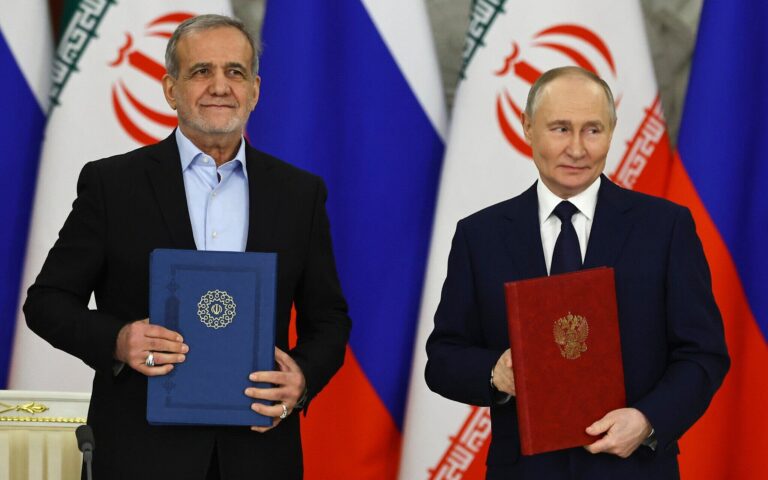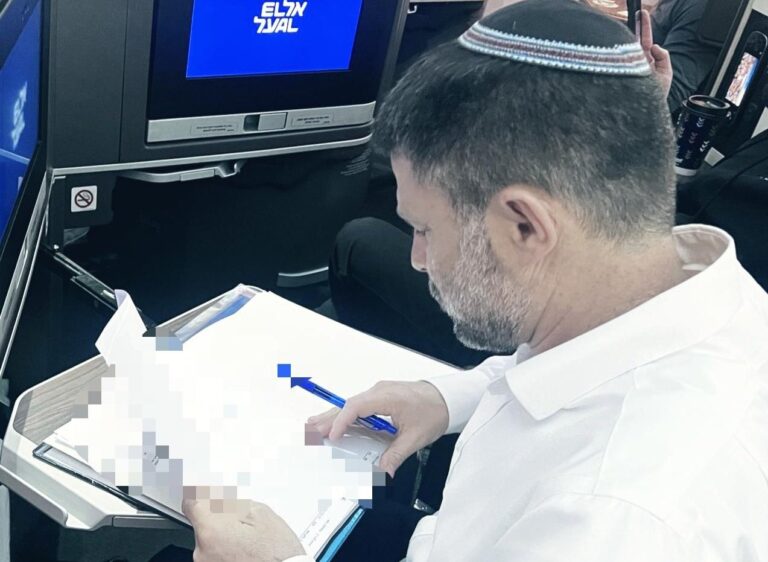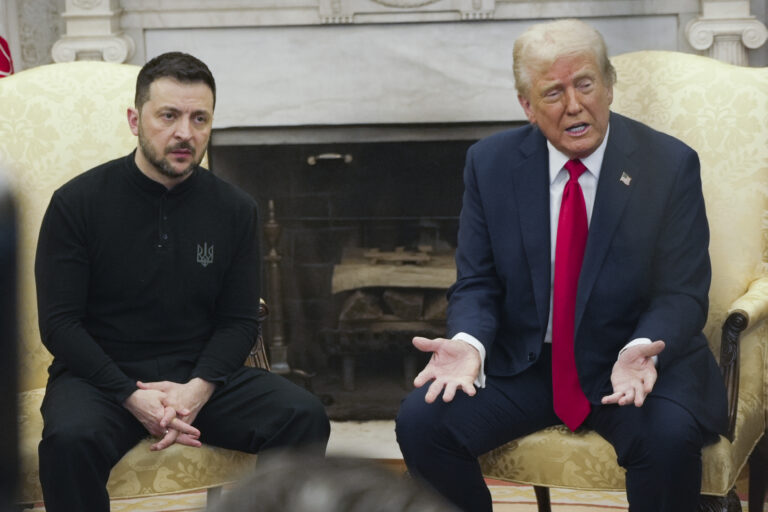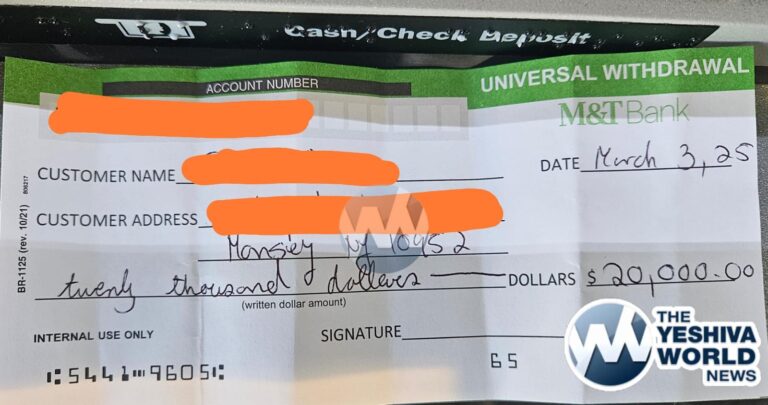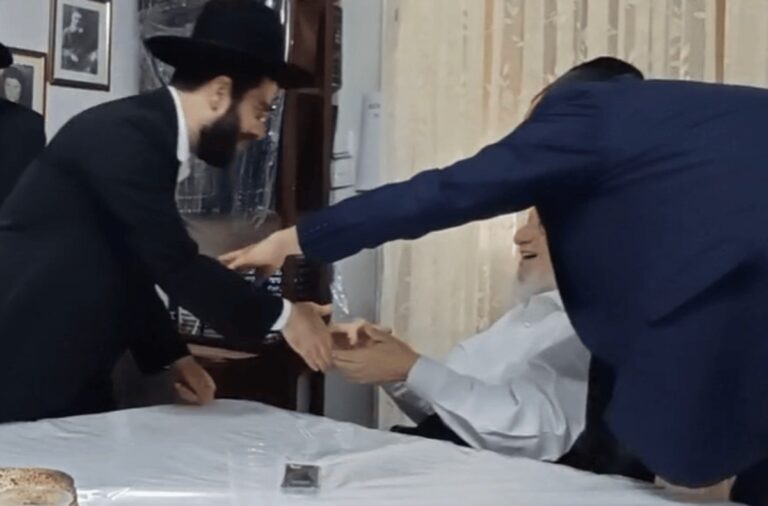In this week’s Sedra we read of the Choshen (Breastplate) and the mystical Urim VeTumim that were laid inside the Choshen. The Choshen had twelve stones corresponding to the 12 tribes of Klal-Yisroel. Additionally the Choshen was attached by two shoulder straps to the Ephod (the Kohen Gadol’s vest). The Torah instructs us that upon each of these shoulder straps there would be an onyx. The Torah further instructs us that upon each of these onyxes would be engraved the names of six tribes together being all 12. Combination of the Choshen, the shoulder straps, and the Urim VeTumim, created a very special and essential part of the Bigdei Kehuna. When all three of these parts were worn by the Kohen Gadol fastened to one another they created a channel of communication between Am-Yisroel and Hakadosh Baruch Hu.
When the Kohen Gadol was wearing all three of these vestments together he was able to ask Hashem to advise Klal-Yisroel in times of need. While this is an amazing thing there is a most puzzling element to it. The way Hashem would communicate His answer to Klal-Yisroel was through the letters of the names of the Shevatim. Various letters would light up and the Kohen Gadol was supposed to decode what it was that Hashem was telling Klal-Yisroel by putting the letters in the right sequence to spell out Hashem’s Message. This was indeed a direct channel to Hashem, but why did Hashem have to send it to the Kohen Gadol in the form of a code? While most of the time the Kohen Gadol successfully decoded Hashem’s message, he theoretically could err as did Eli HaKohen with Chana. The Navi relates that Eli HaKohen beheld Chana standing with her eyes closed and her lips moving unresponsive to what was going on around her. The Navi tells us that Eli thought she was a drunken woman. Chazal explain that Eli was actually at a loss as to what Chana was doing and that he asked Hashem what was going on through the Ephod. Eli mistakenly decoded the answer as שכרה instead of כשרה (a drunk instead of a Kosher woman, or like Sarah Imeinu who also had to daven for children). Why did Hashem have to communicate with us in a manner that allowed for mistakes?
The Rashba in his Teshuvos says that one miracle that never was and never will be is that of a person becoming a Talmid Chochom without learning. While some people may be more apt to acquiring Torah knowledge and understanding than others, no one can become knowledgeable without actually learning. There are certain smarts that a person can have somewhat innately, but Dvar Hashem must be acquired.
If Hashem would make it that there was a simple automatic way to get answers from Hashem then it would cheapen Dvar Hashem. Thus no matter how simple Hashem made it for us to be able to obtain His Will – He nonetheless needed to make it something that would be accessible only through understanding Dvar Hashem. The Torah instructs us Betzedek Tishpot Es Amisecha – to judge our fellow Jews favorably. Perhaps had Eli HaKohen’s initial attitude towards Chana been less hostile, he then might have interpreted the Urim VeTumim more favorably and have understood correctly the answer. This would seem to be why Eli, upon realizing he had erred immediately gave Chana a Brocho. Eli HaKohen understood that he had erred by having too negative an outlook and aimed to fix it by speaking constructively and giving Chana a Brocho.
Many a time people marvel at our Talmidei Chochomim’s abilities to understand and interpret things. Their understanding, at times appearing as nothing short of miraculous or supernatural, is perhaps just their being able to see things correctly. Our Gedolim have the ability to see thing the way Hashem intends for them to be seen because they view things through the Torah’s teachings and dictums.
While it may be difficult for all of us to attain the levels our Gedolim have, we can still begin to understand the world and Hashem’s messages all that much better by learning Toras Hashem and keeping to its dictums.
A very warm Good Shabbos, Rabbi Y. Dov Krakowski




